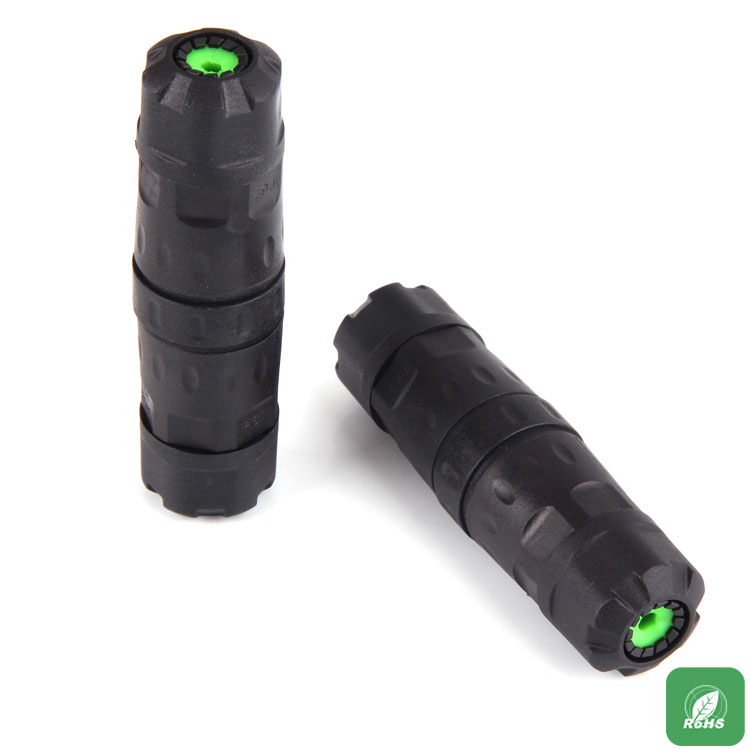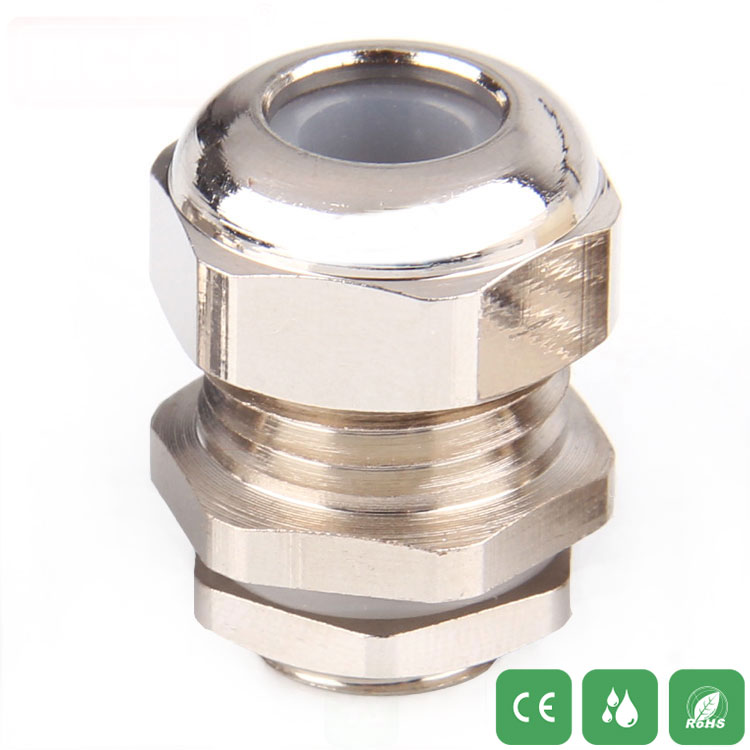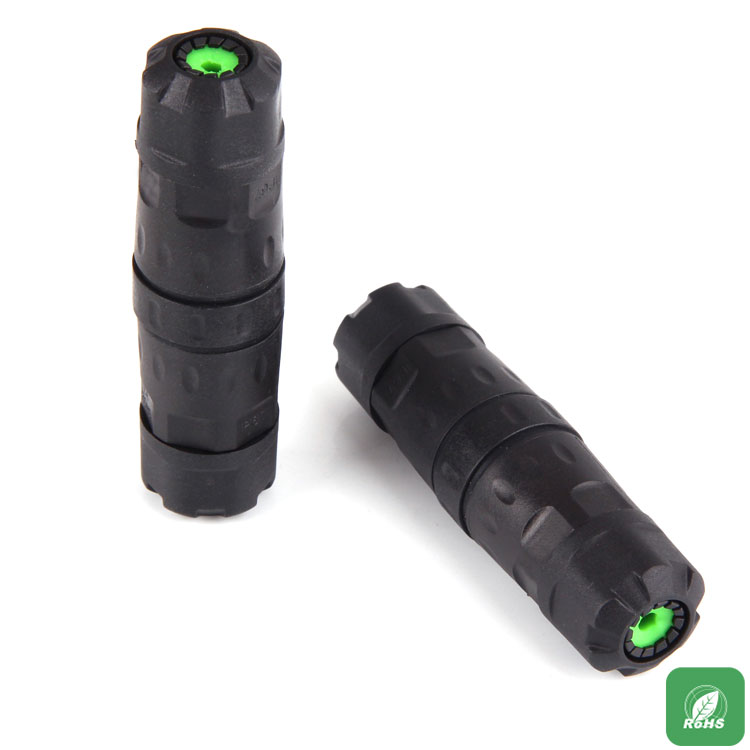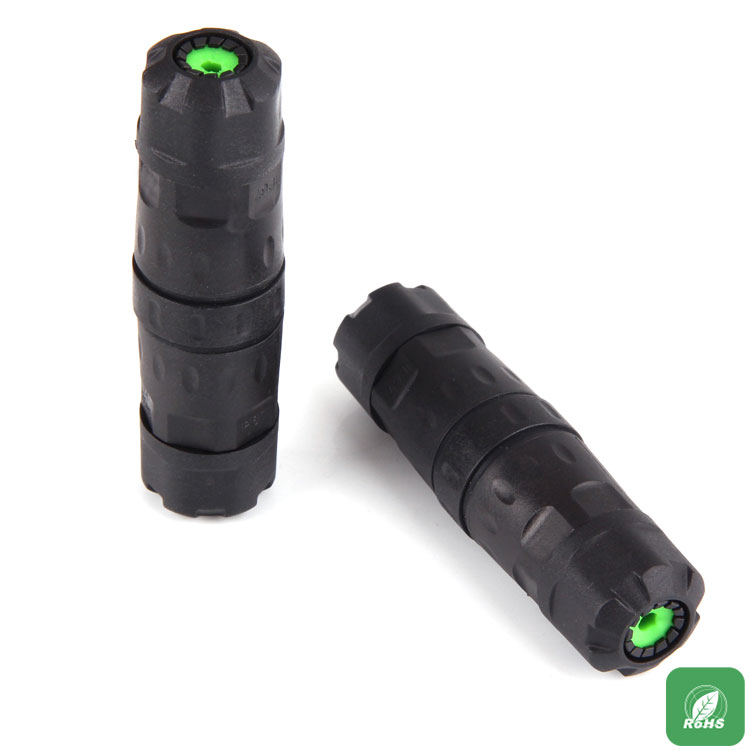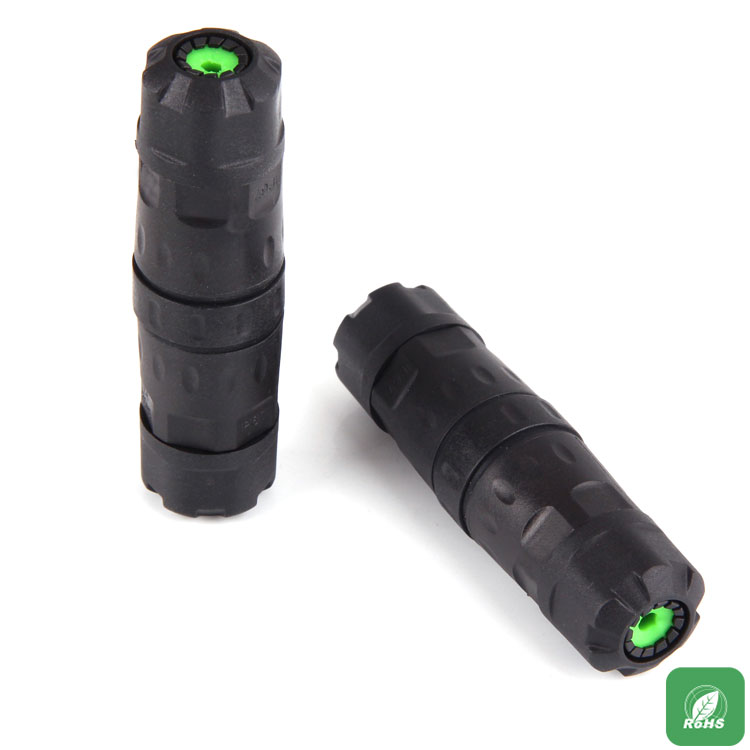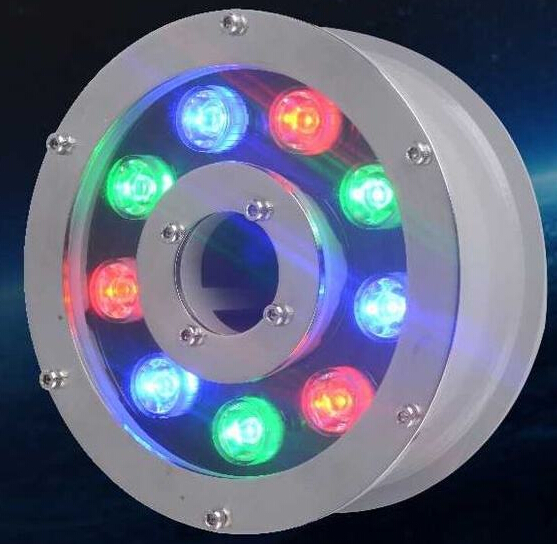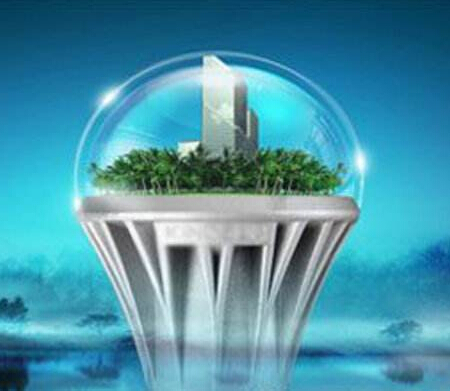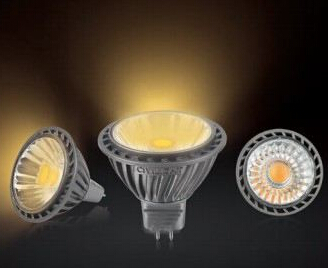The rapid application of LEDs is just one of the great lighting changes that people will see in home, business and everyday life in the coming years. In fact, connectable LED lighting systems are about to revolutionize people's overall indoor experience.
In 2008, the United States Department of Energy (DOE) organized a competition for lighting equipment manufacturers to promote LED technology-related innovations. LED technology is the biggest advancement in lighting since Edison’s initial invention patent.
At that time, there were only a few LED bulbs on the market that could replace incandescent bulbs, and major technological changes were needed to accelerate the popularity of LEDs in the lighting market. The purpose of the DOE competition is that manufacturers need to promote and promote the progress of LED products.
The rapid application of LEDs is just one of the great lighting changes that people will see in home, business and everyday life in the coming years. In fact, interconnected LED lighting systems are about to revolutionize people's overall indoor experience.
According to statistics from the US Environmental Protection Agency, Americans now spend almost 90% of their time indoors. In other words, people spend most of their time under artificial light. In the first 140 years since the introduction of electric lighting, people have not been too demanding about lamps. When we need it, open it, nothing more.
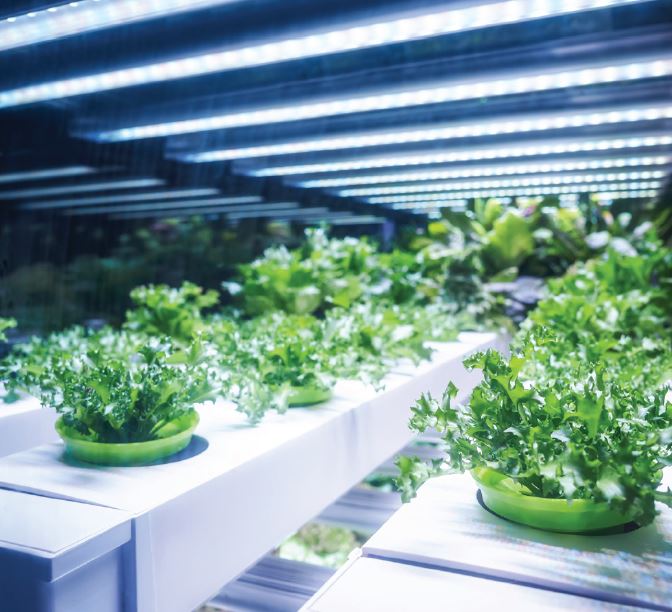
In addition to home applications, many industries also benefit from connected lighting systems. Indoor planting is a new industry that has benefited from connected lighting systems and its revenue is 4,000 times that of traditional outdoor planting. By programming the lighting scheme for the specific requirements of the production planter can achieve maximum production and minimize energy consumption. LEDs do not generate as much heat as conventional lamps, so they can be placed close to the plant to evenly cover them. Indoor farms also use less water and electricity than traditional farms, and they are increasingly favored because they minimize the use of herbicides, pesticides or preservatives. Another advantage is that it is possible to build indoor planting facilities close to the market, which can shorten the product transportation distance, not only saving fuel but also providing fresher products.
In retail and business environments, location services and personalized beacons are achievable due to the integration of analytics tools and cloud services. High-end luminaires in the building and retail environment include temperature and light sensors that dynamically adjust the drive current and control the energy consumed to ignite the lamp over the entire life cycle. This feature ensures consistent brightness and maintains quality awareness while extending the life of the LED. An external or internal light sensor provides the means to collect sunlight by sampling and measuring ambient light, thus creating daily lighting that is dimmable and dynamically adjustable throughout the day. In addition to saving energy, imitating natural light cycles also helps provide a comfortable experience.
As more and more smart LEDs are deployed to where people live and work, these new large-scale interconnected lighting platforms will greatly improve our indoor life. LED lighting technology has the advantages of energy saving, agricultural benefits and important health protection, as well as many other pending developments. It will certainly change our indoor experience.
















 RCCN WeChat QrCode
RCCN WeChat QrCode Mobile WebSite
Mobile WebSite